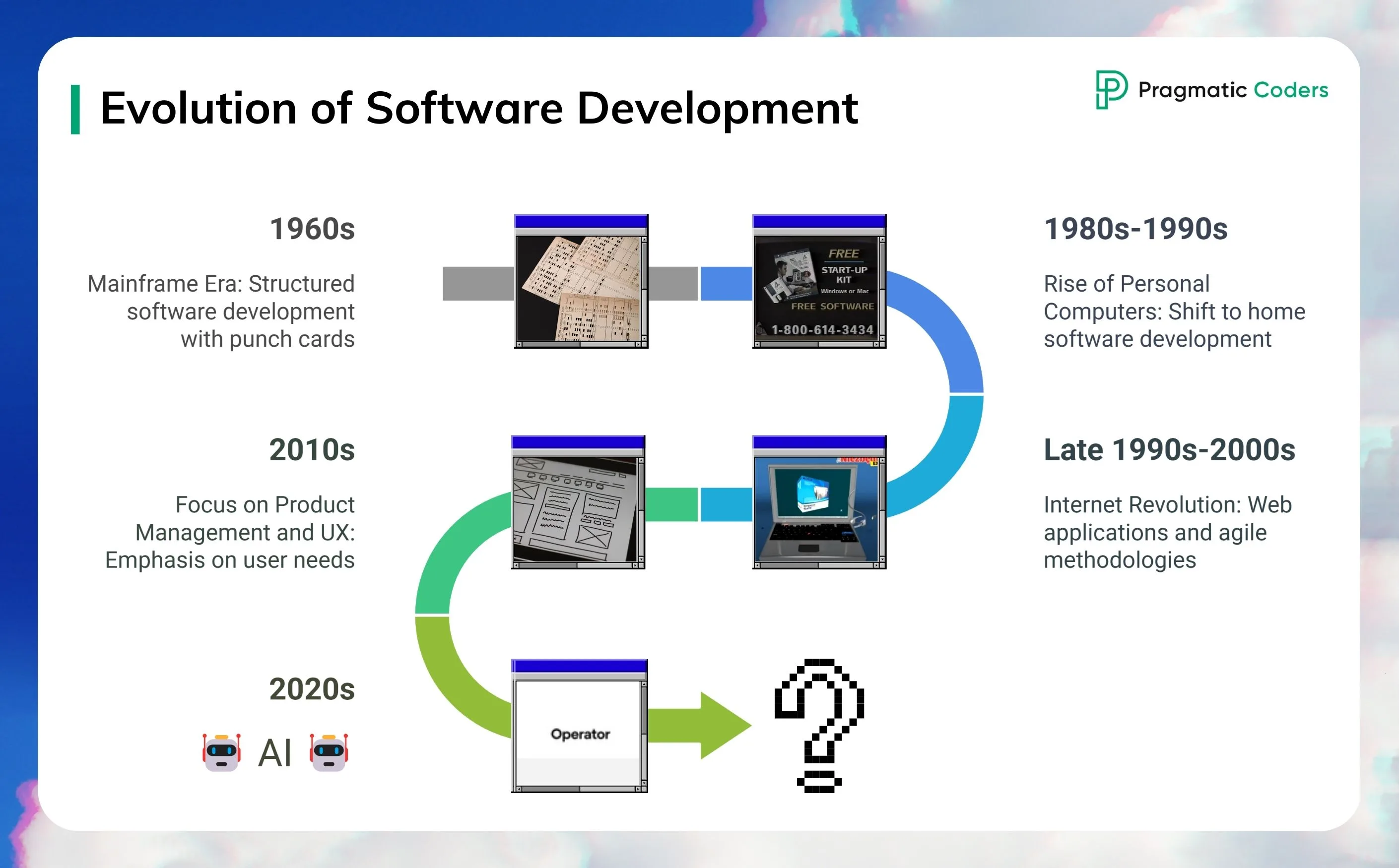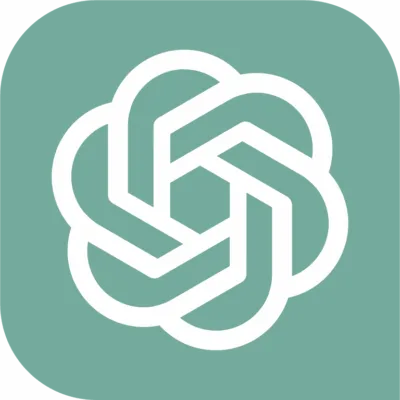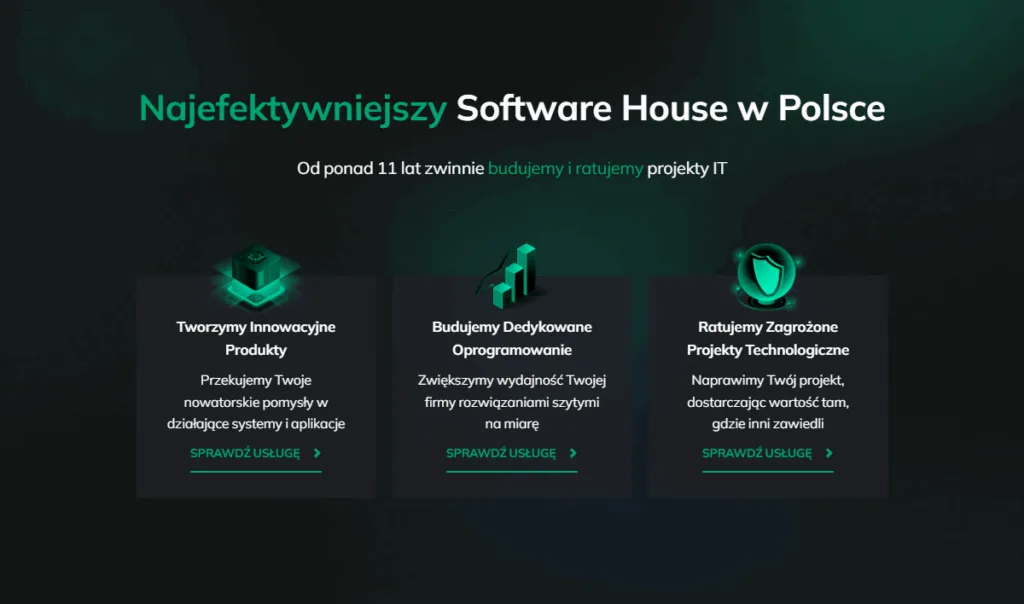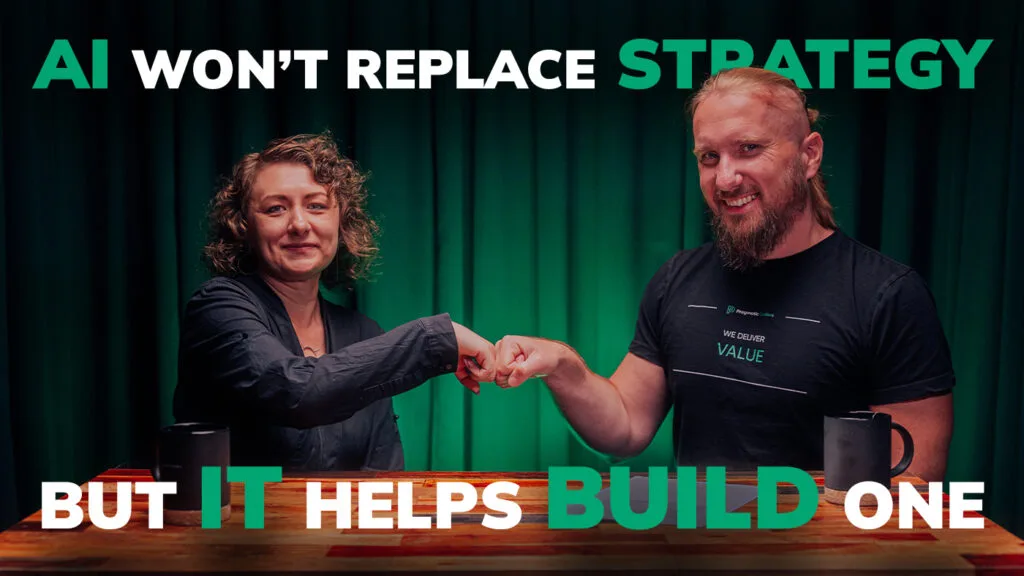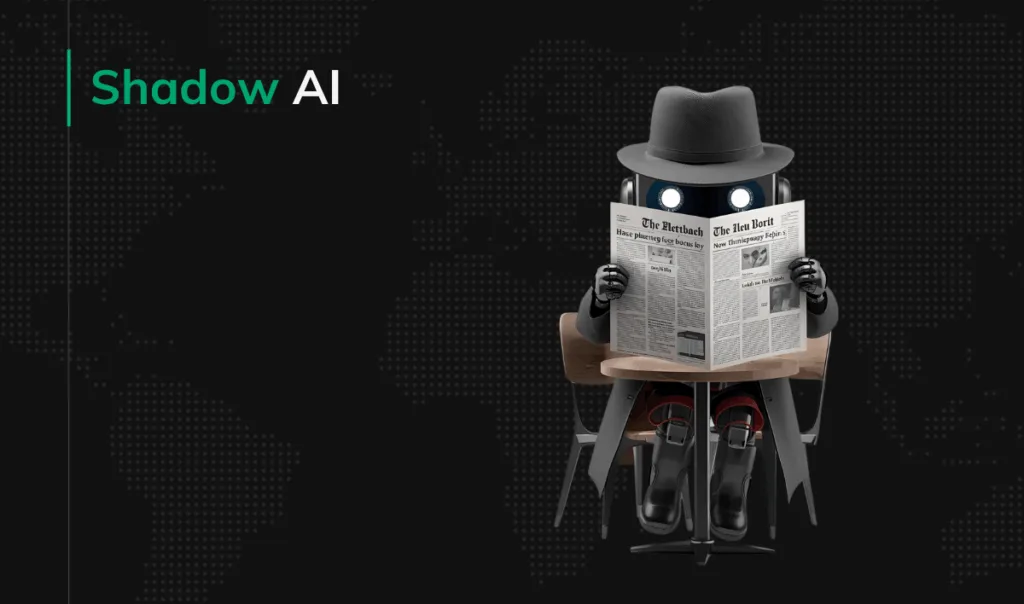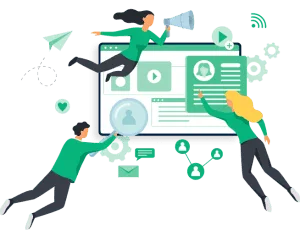Software development history: Mainframes, PCs, AI & more
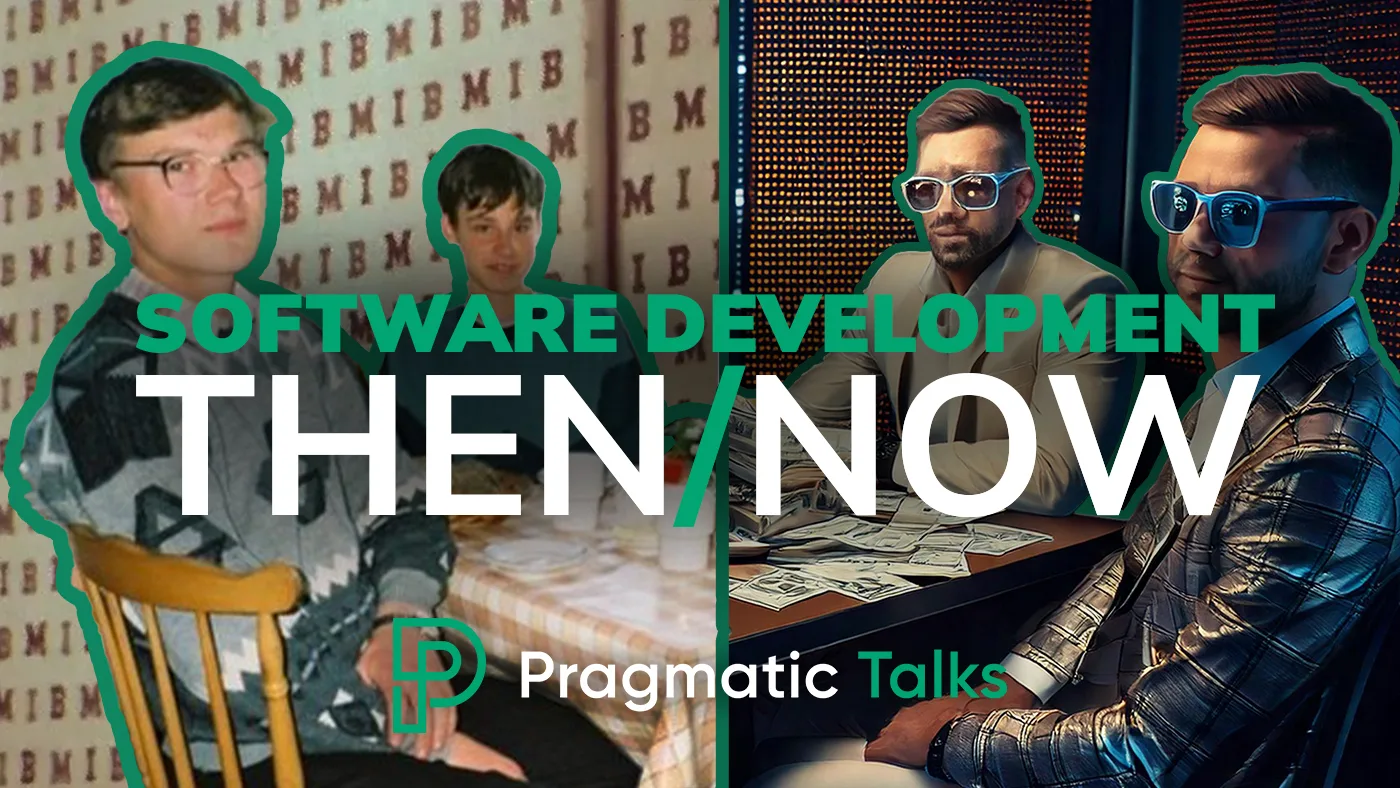
Are we on the verge of another major paradigm shift in software development? Has this change already arrived, or is it yet to come?
Sometimes, to better predict the future, you need to take a step back and look at the past – to understand what has led us to the point we are today. If you take a look at the history of software development, you’ll see we’ve traveled such a long way. I mean, just 60 years ago, coding was literally punching holes in paper.
In this article, we discuss how new technologies and methods are impacting the way software is made today. And, just for pure fun, we tell the tale of how software – and the world too – evolved and changed (this is gonna be quite nostalgic, just saying!).
Prefer video? Be sure to watch this episode of Pragmatic Talks 👉 New Paradigm Shift in Product Development
The 1960s: The Mainframe Era
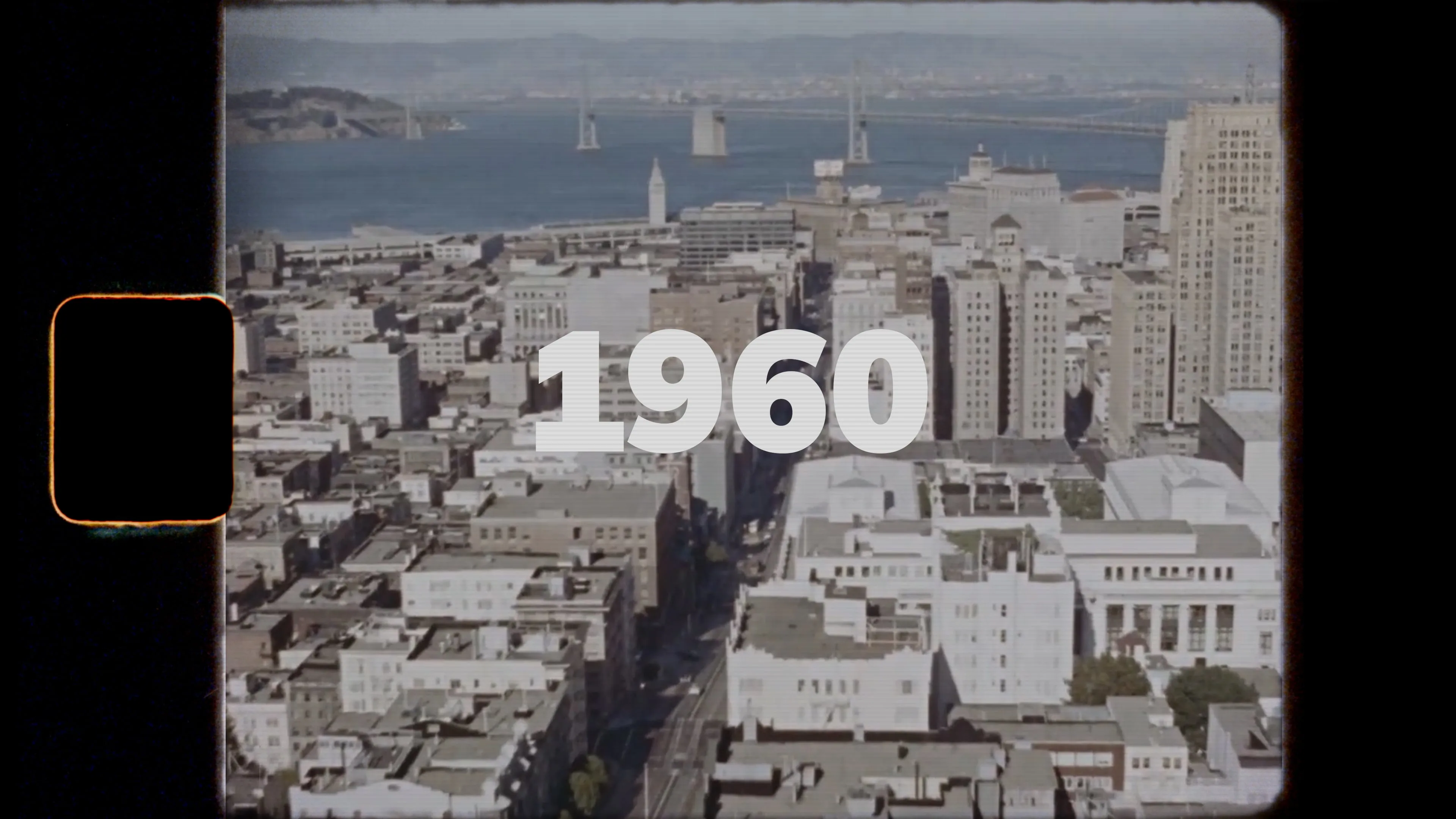
Imagine the early days of commercial software. IBM dominated mainframes, while PDP-8, the first commercially successful minicomputer developed by Digital Equipment Corporation (DEC), brought computing power to a broader audience. In the garages of California, Silicon Valley was taking shape, with Hewlett-Packard (HP) experimenting with new technologies. Intel had yet to rise, but soon it would redefine microprocessors. Meanwhile, languages like COBOL, backed by IBM, and FORTRAN, widely used by NASA and Bell Labs, were defining the first wave of programming. Personal computers were a distant dream, and pioneers were laying the foundation for the digital future.

Decimal computers that IBM marketed in the early 1960s
Becoming a programmer in the 1960s was an elite pursuit. There were no coding boot camps or online tutorials. A strong background in mathematics or engineering was essential, as computer science was still in its infancy. Computers were rare, found mainly in universities and research labs, often funded by IBM, General Electric, or RCA, where access was tightly controlled.
Every program started on paper. Code was punched—literally. Developers meticulously planned their logic before transcribing it onto punch cards—one line per card. Debugging required patience; a single mistake meant resubmitting the stack and waiting hours, even days, for another test run at a computing center operated by Honeywell or Burroughs.
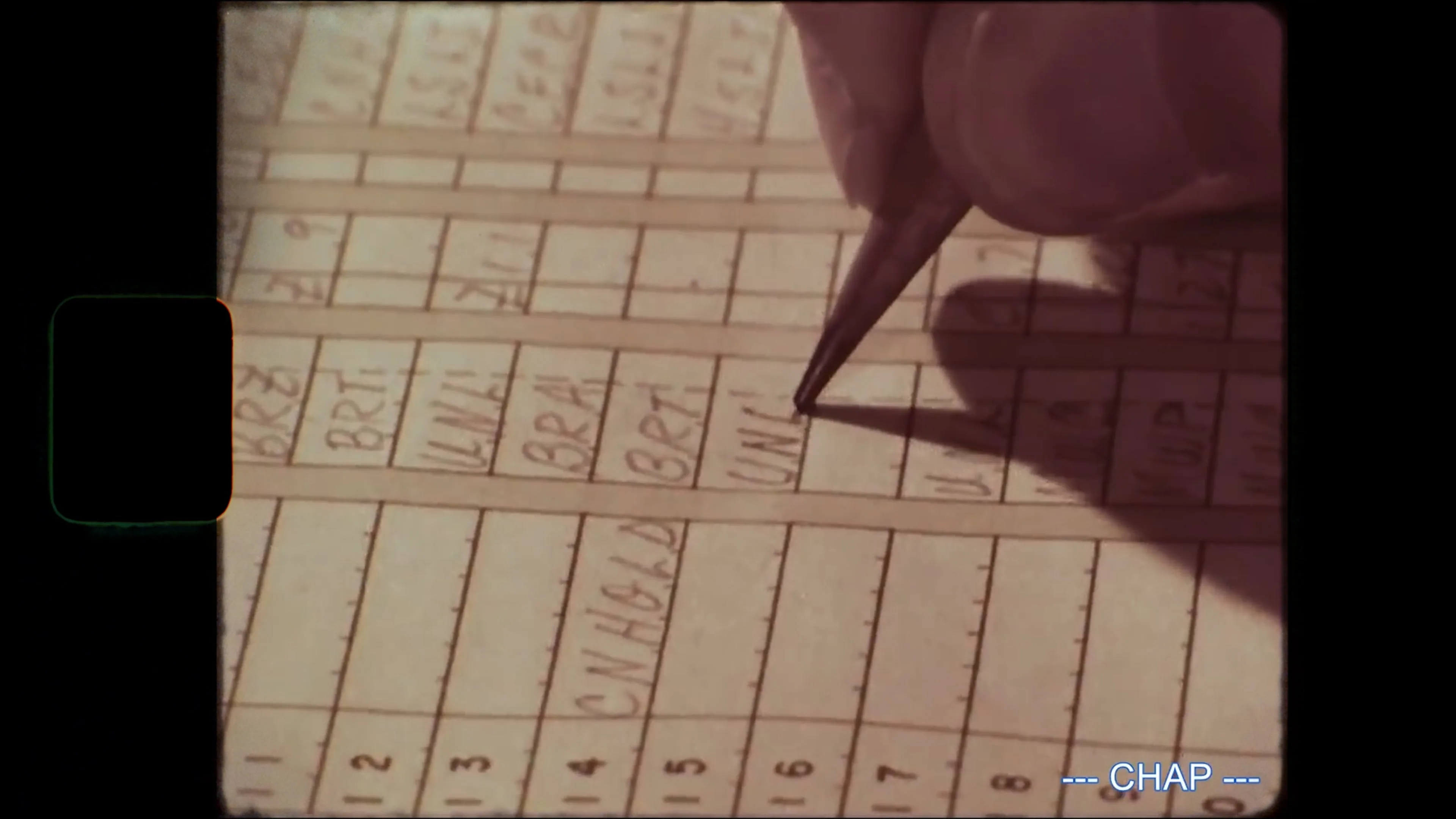
Manual Data Entry in the Age of Punch Cards
Limited access to computers made efficiency crucial. Programmers optimized every instruction, as wasted machine time was costly. Code had to be precise because getting it right the first time was often the only option. If an error was found, fixing it meant waiting in line for another chance to run the program on a behemoth machine built by UNIVAC or CDC.
Hardware was massive and complex, filling entire rooms with blinking lights and whirring tape reels. There were no monitors or keyboards—only stacks of punch cards and the uncertainty of whether the code would execute correctly. Companies like Xerox and AT&T Bell Labs were beginning to explore interactive computing, but it would take another decade before those ideas fully materialized.
Yet, despite these hardships, innovation thrived. Programmers weren’t just writing code; they were pioneers shaping a new world. Cybernetics, artificial intelligence, and networking concepts were emerging, with MIT and Stanford leading the charge, foreshadowing profound technological changes. While most saw computers as mere calculators, visionaries at Bell Labs and Xerox PARC imagined machines that would transform communication and business.
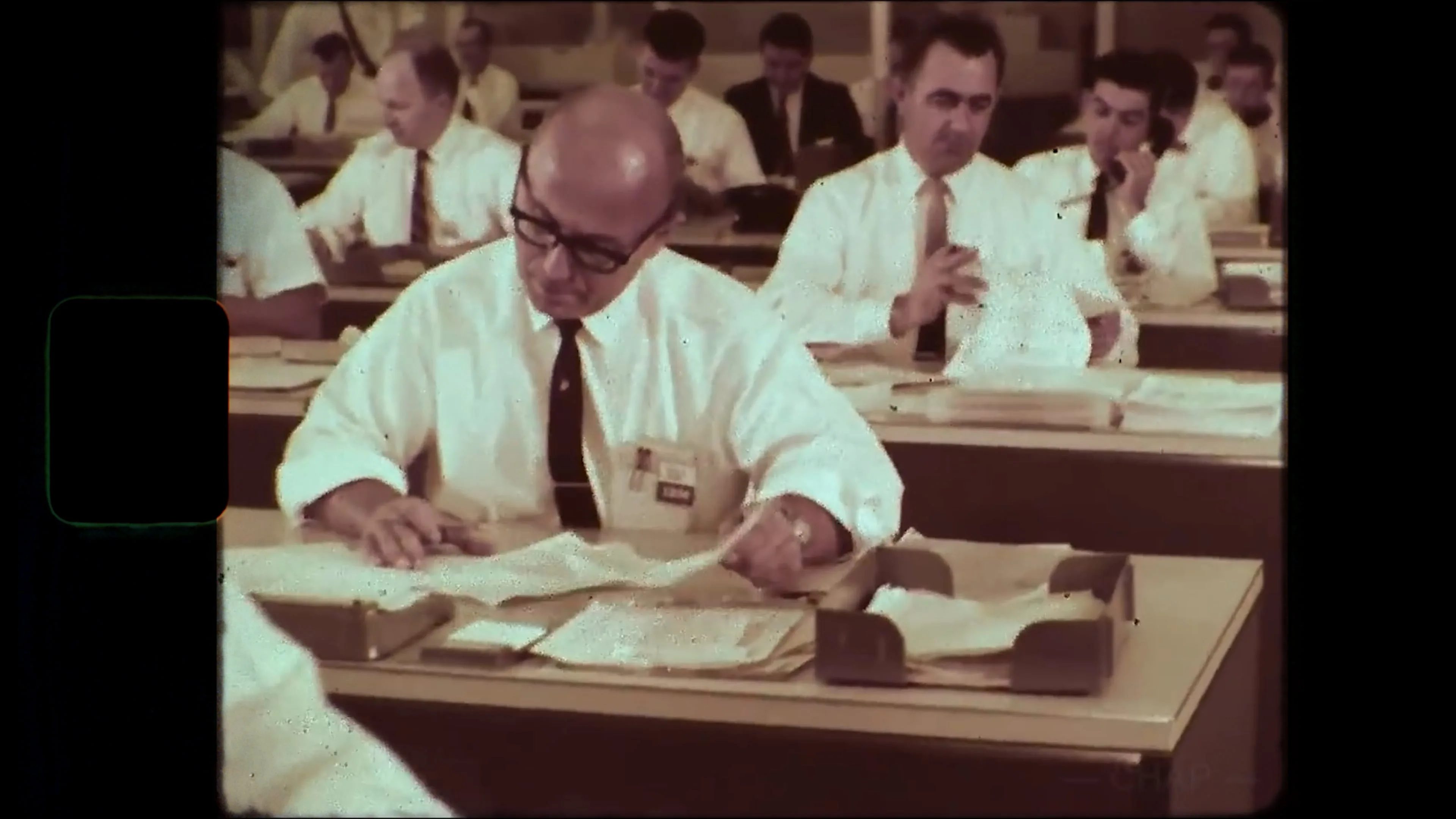
IBM engineers from the 1960s
Software development in the 1960s was a slow, meticulous process dictated by limited access to computers and scarce processing power. Code was written on punch cards, debugging was time-consuming, and every program had to be optimized for efficiency. Due to the high cost and size of computers, software was primarily developed for governments, research institutions, and large corporations, where it was used for data processing, scientific calculations, and early automation efforts.
1980s to Early 90s: The Rise of the Personal Computer
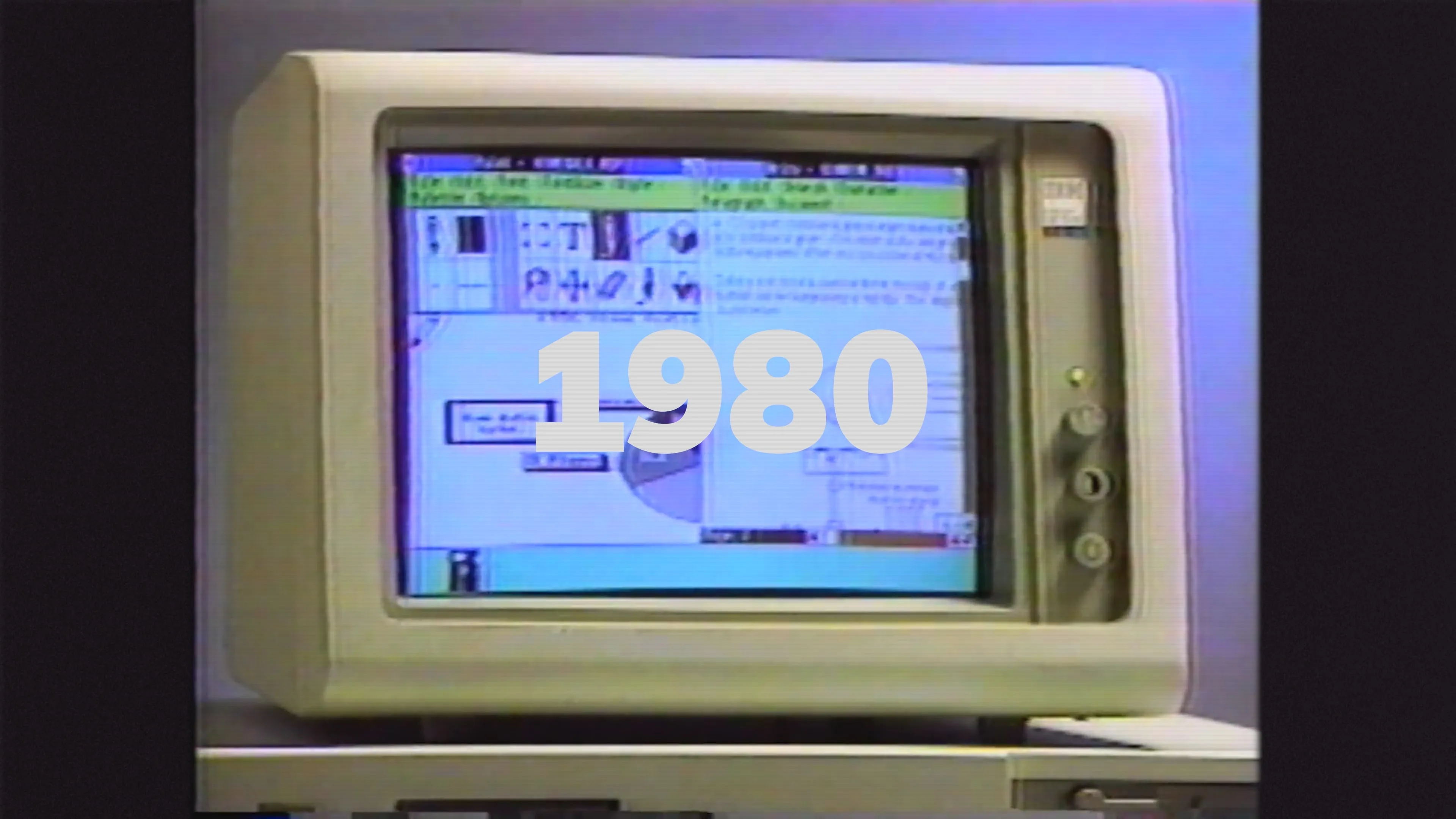
The seeds of revolution had already been planted in the 1970s. In 1973, Xerox PARC unveiled the Xerox Alto, a machine that never reached mass production but forever changed how computers would be designed. It introduced the world’s first graphical user interface (GUI), complete with icons, windows, and a mouse—an entirely new way of interacting with machines. It was a glimpse into the future, but the world wasn’t ready yet. However, the engineers and visionaries at Apple, Microsoft, and IBM certainly were.
Then came the 1980s, and everything changed.

Before Windows dominated the world, it had to be sold—loudly. In this 1986 promotional video, a young and energetic Steve Ballmer passionately pitches Windows 1.0.
In 1981, IBM released the IBM PC, a machine that set the standard for personal computing. Unlike earlier home computers like the Apple II (1977) and Commodore PET (1977), which were embraced by hobbyists and small businesses, the IBM PC found its way into corporate offices, schools, and government institutions. Soon after, Microsoft introduced MS-DOS, an operating system that would power millions of machines, securing its dominance in software.
With the rise of personal computers, software development shifted. No longer was access to computing power the main limitation. Instead, the biggest question became: How do we distribute software?
At first, programs were shipped on floppy disks, then CDs and DVDs, which had to be physically delivered to stores or customers. This necessity made testing before distribution crucial—bugs meant expensive recalls and replacements. To address this, structured development methodologies like the V-model and W-model gained popularity, emphasizing rigorous testing at every stage to prevent costly mistakes in distributed software.
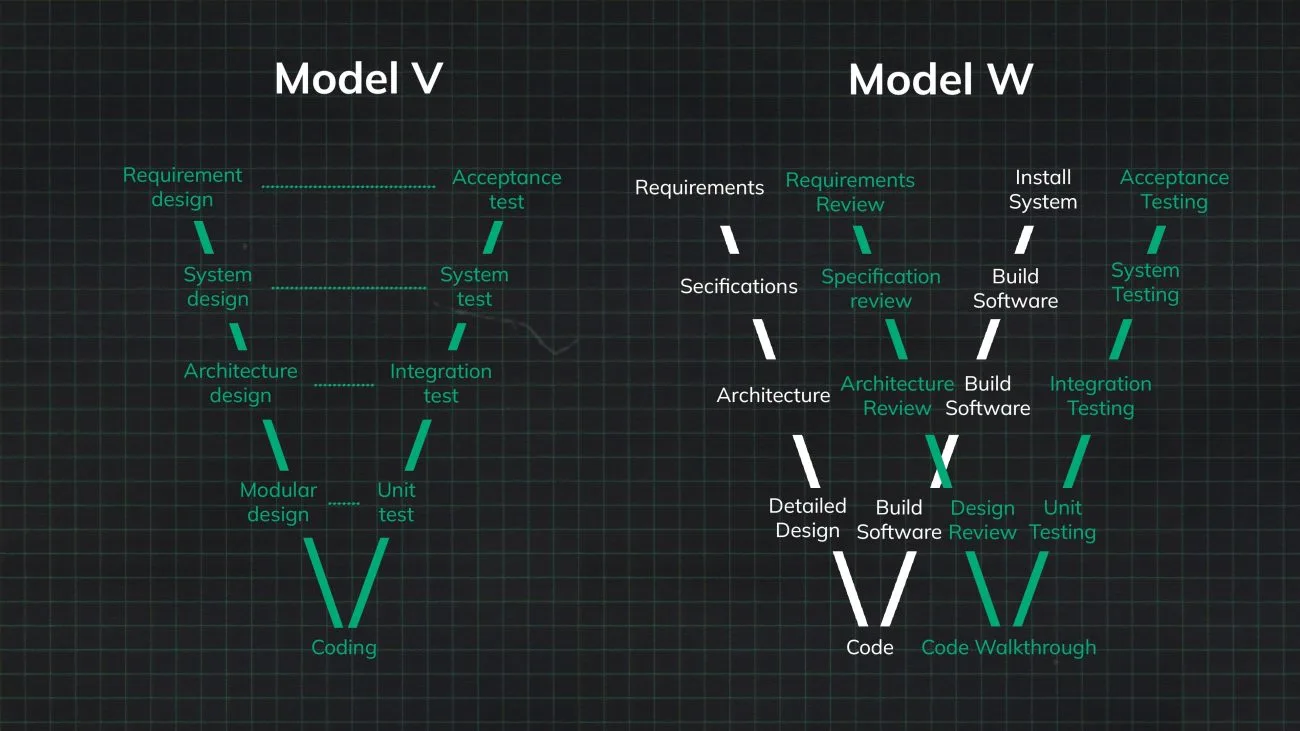
This shift in distribution profoundly impacted the software development paradigm. In the days of mainframes, software had to be meticulously planned and optimized before execution, as debugging was slow and costly. However, with personal computers, developers could now test software locally before releasing it to the public. This significantly reduced risk and allowed for more iterative development approaches.
This was also the era when software patches and updates became a necessity. If an issue was discovered after release, the only way to fix it was to send out new disks or CDs—a time-consuming and expensive process. Many will recall buying magazines that included demo versions of games but also contained hundreds of patches for software, distributed this way to correct issues post-launch.
Late 1990s to Early 2000s: The Internet Revolution

Early web browser interface
It’s April 30, 1993, and The World Wide Web is released into the public domain. In the early days, modems using telephone lines were the only method of connecting to the internet, requiring users to endure slow speeds and constant disconnections whenever someone picked up the phone.
The first widely known email providers, such as AOL Mail, Hotmail, and Yahoo Mail, made it possible for individuals to communicate globally without relying on corporate or university networks. Websites like GeoCities and Angelfire gave users the ability to create their own personal web pages, often filled with animated GIFs and background music. People sent each other “You must forward this or you’ll have bad luck” emails and created personal GIF-overloaded home pages about themselves.
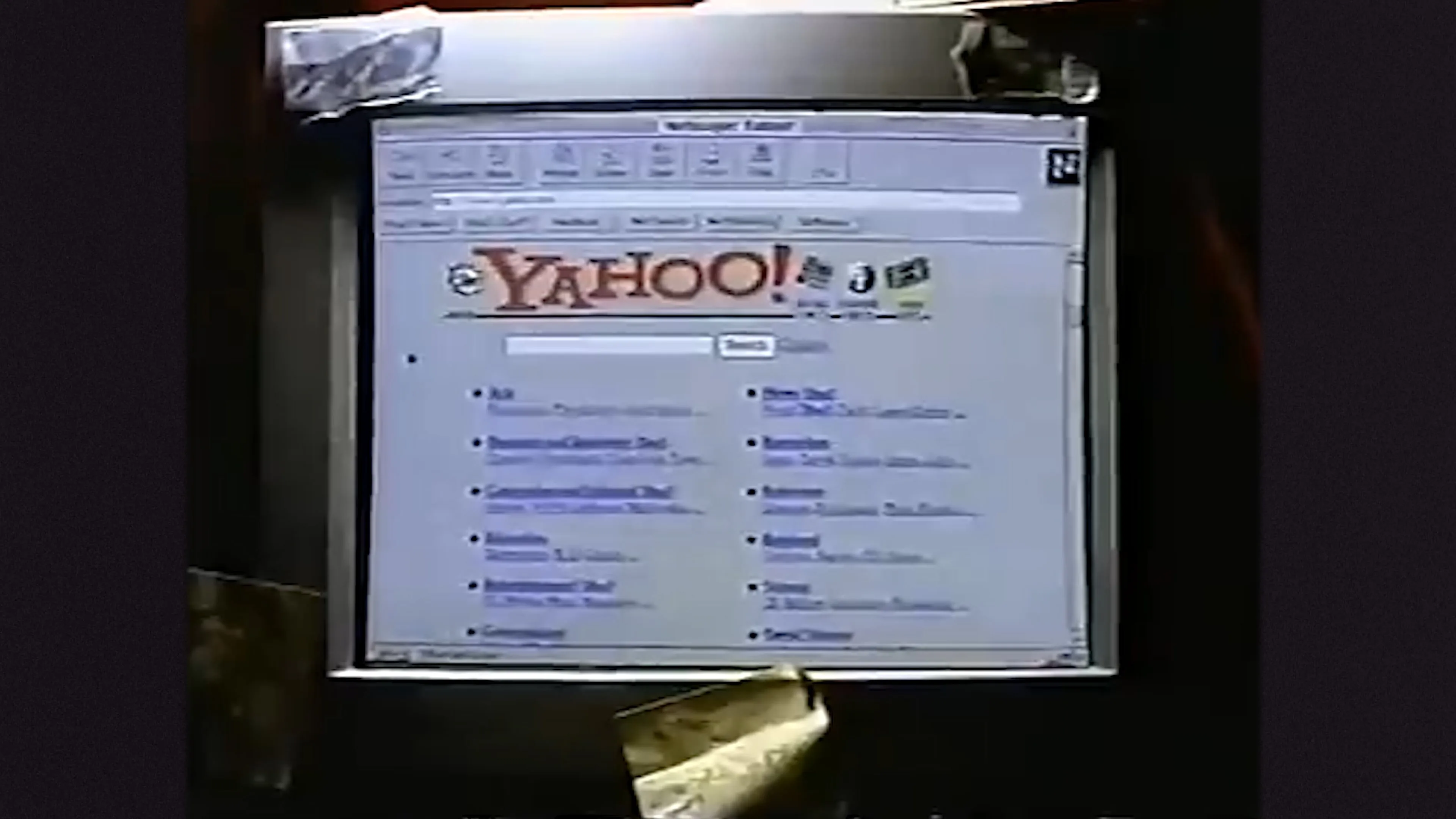
Back in 1994, Yahoo! was originally called “Jerry and David’s Guide to the World Wide Web”. It started as a manually curated directory of websites, not a search engine.
E-commerce also started taking shape with platforms like Amazon (founded in 1994) and eBay (founded in 1995), pioneering the concept of online shopping. While online transactions were still a novelty, they laid the foundation for the explosion of e-commerce in the 2000s. The rise of web browsers like Netscape Navigator (1994) and later Internet Explorer (1995) made the web more accessible, ushering in a new digital economy.
Web development evolved from simple, static HTML pages into dynamic, interactive applications, eventually giving rise to JavaScript, CSS, and modern frameworks. Software deployment shifted from distributing physical media to online downloads, and later, continuous deployment over the web. Cloud computing wouldn’t have existed without this moment—what started as basic web hosting turned into full-scale infrastructure-as-a-service, enabling scalable applications, global data centers, and the software-as-a-service model.
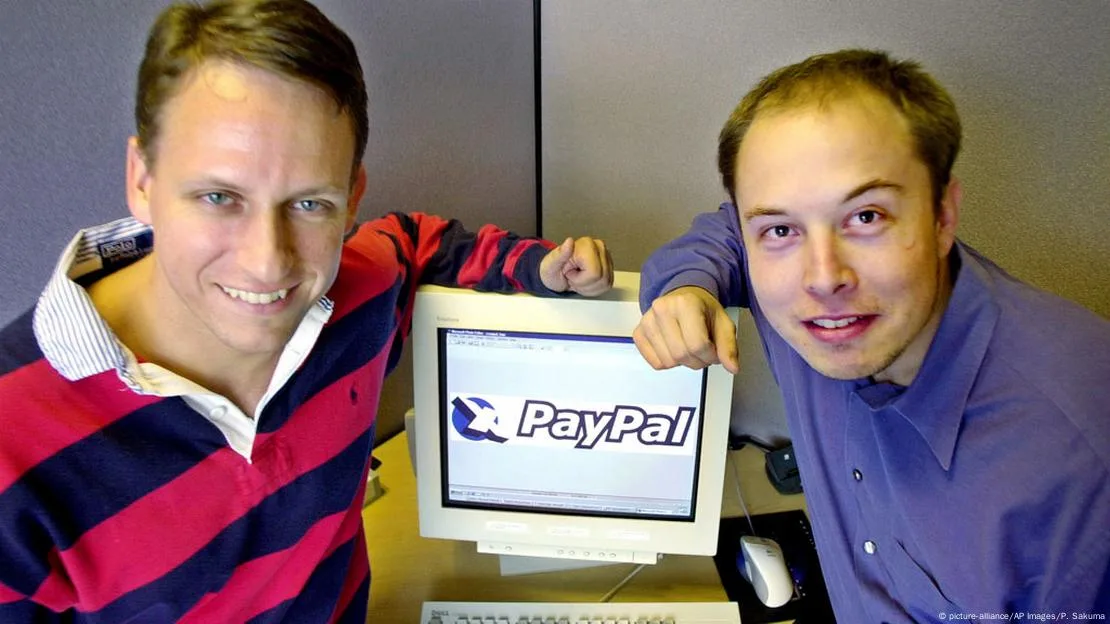
Peter Thiel & Elon Musk, founders of PayPal
The challenge of distribution was gone… but new issues emerged. Now, the main concerns were making sure the software met user needs, adapting to the growing complexity of systems, and keeping development costs in check. Legacy code also became a major headache as more businesses transitioned from older architectures to modern, scalable solutions.
This shift in focus led to the rise of Agile methodologies such as Scrum, Lean, and Extreme Programming (XP), which emphasized adaptability, collaboration, and rapid iteration. Traditional waterfall approaches, which required extensive upfront planning, were proving too rigid in the fast-paced digital landscape. Instead, developers embraced iterative development cycles, allowing for continuous feedback and faster response to changes in market demands.
With software becoming more complex and widely distributed, maintaining code quality became a top priority. The focus turned to clean, maintainable code, reducing technical debt and making it easier to modify and extend existing systems. This was the era where test-driven development (TDD) gained popularity, ensuring that each piece of code was validated before integration. Continuous integration (CI) and continuous delivery (CD) became standard practices, allowing teams to automate testing, deployment, and updates.
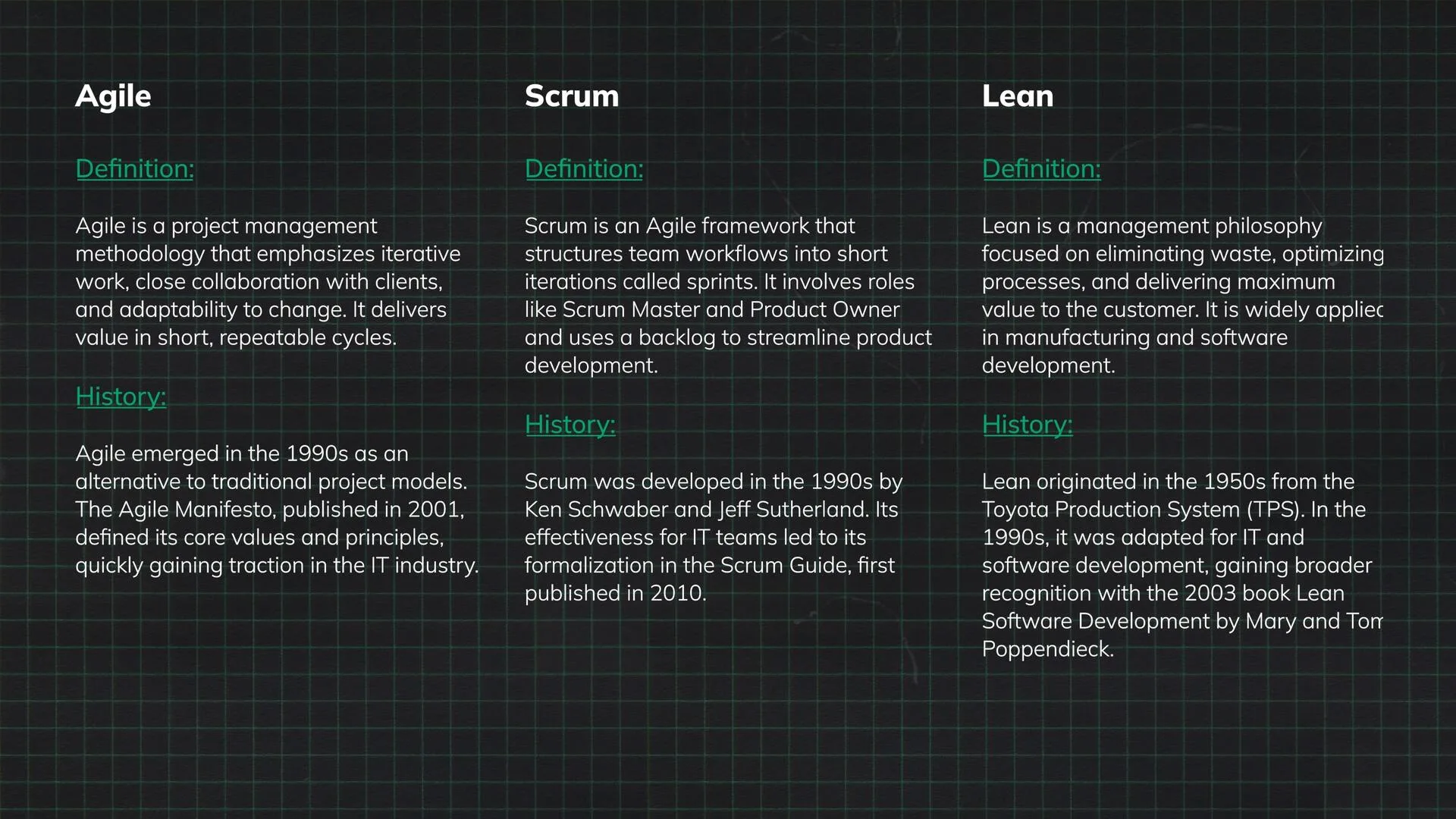
A key figure of this era is undeniably Uncle Bob (Robert C. Martin). He’s noted for his work on clean code and agile methodologies, particularly his book Clean Code, which became a cornerstone for developers aiming to write sustainable, high-quality software. His emphasis on SOLID principles helped define best practices for object-oriented programming, shaping modern software engineering.
The shift toward Agile, iterative development, and automation in deployment marked a new era—one where speed, flexibility, and user feedback dictated the direction of software development rather than rigid, pre-planned architectures.
2010s: Focus on Product Management and UX
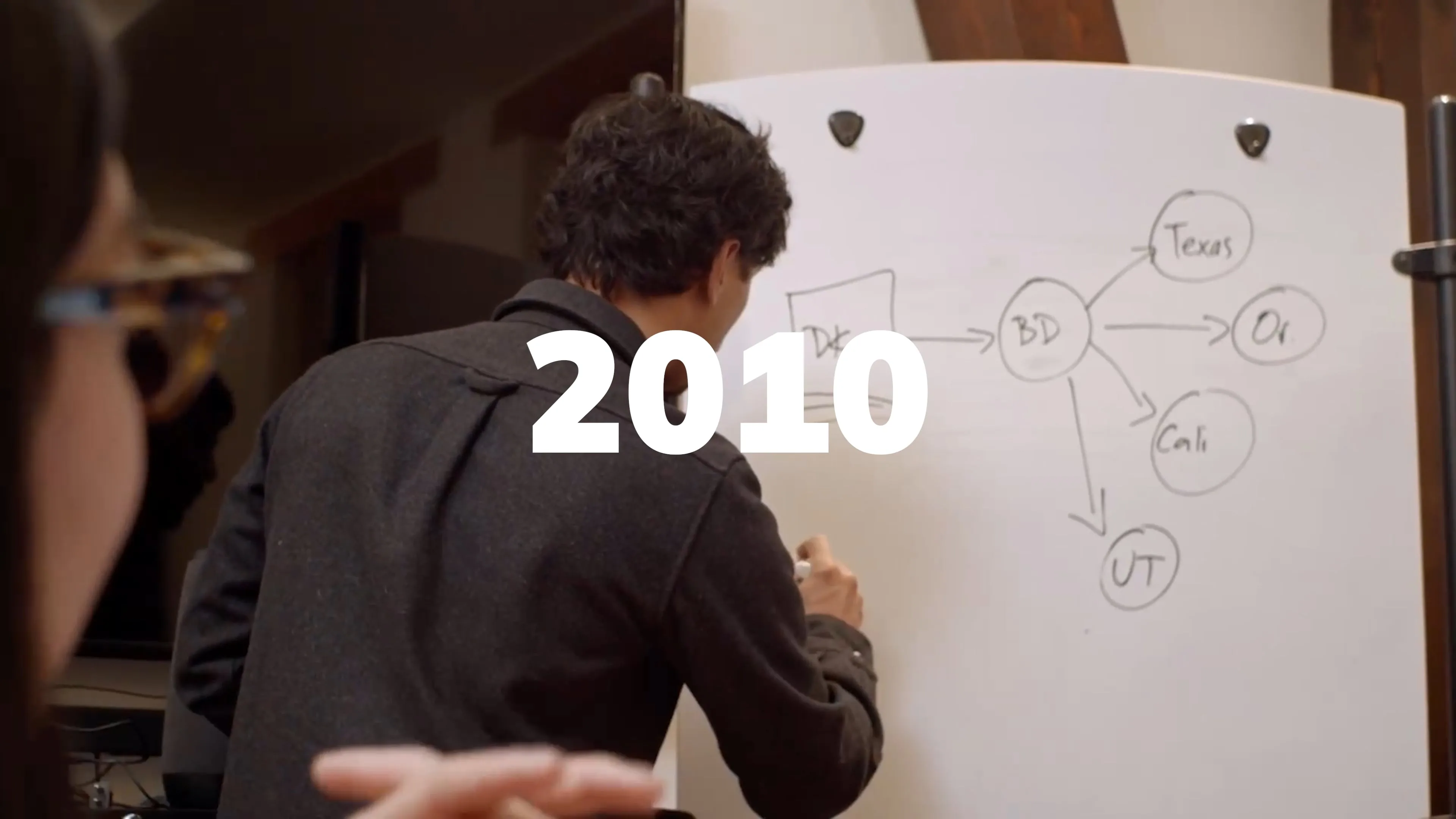
The 2010s were defined by a transformation in how companies built software. Agile methodologies had already taken hold in the 2000s, but the focus shifted from merely speeding up development to building the right product. Companies began to prioritize product management, customer insights, and user experience (UX) over sheer feature output. Instead of measuring success by the number of releases, firms started evaluating how much impact new features had on users.
One of the most eye-opening moments came from The Standish Group’s 2002 study, which revealed that 64% of software features were rarely or never used. This statistic continued to resonate throughout the 2010s, pushing companies toward more user-centric development. Research-backed frameworks like Lean Startup (Eric Ries, 2011) and Jobs to be Done (Clayton Christensen, 2016) encouraged organizations to validate ideas before committing to expensive development cycles.
The Rise of Data-Driven Decision Making

By the mid-2010s, companies like Google, Facebook, and Amazon had perfected data-driven development. With access to vast amounts of user data, A/B testing became a standard practice. Instead of relying on intuition, product teams now had the means to measure exactly how users interacted with their software. Feature flagging and experimentation platforms (such as LaunchDarkly) allowed companies to roll out features gradually, ensuring they worked before releasing them to a wider audience.
This was also the era when design thinking gained prominence. Companies began employing UX research teams, running usability tests, and leveraging behavioral analytics tools like Hotjar, Mixpanel, and Amplitude. The shift wasn’t just about what to build, but about how users experienced software.
Subscription Models and the SaaS Boom
The 2010s also saw the dominance of Software-as-a-Service (SaaS). Instead of one-time purchases, software companies increasingly adopted subscription-based models. This shift allowed continuous improvements, frequent updates, and direct user feedback loops. Instead of monolithic releases, software became iterative, continuously deployed, and cloud-hosted.
Big players like Salesforce, Adobe, and Microsoft moved towards cloud-first strategies, offering software as a service rather than a static product. This shift led to new revenue models where software wasn’t something you bought once—it was something you subscribed to and expected to evolve over time.
Automation and DevOps Culture
With software being deployed at an unprecedented scale, automation became essential. The rise of CI/CD (Continuous Integration/Continuous Deployment) pipelines, powered by tools like Jenkins, CircleCI, and GitHub Actions, meant that software teams could ship new features faster than ever.
DevOps culture emerged as a critical movement, bridging the gap between development and operations teams. Instead of writing code and throwing it over the wall to IT administrators, engineers were now responsible for their deployments, monitoring, and system reliability. Companies like Netflix and Spotify became famous for their microservices architectures, enabling teams to work on independent services that scaled efficiently.
The Era of Personalization and AI-Powered UX
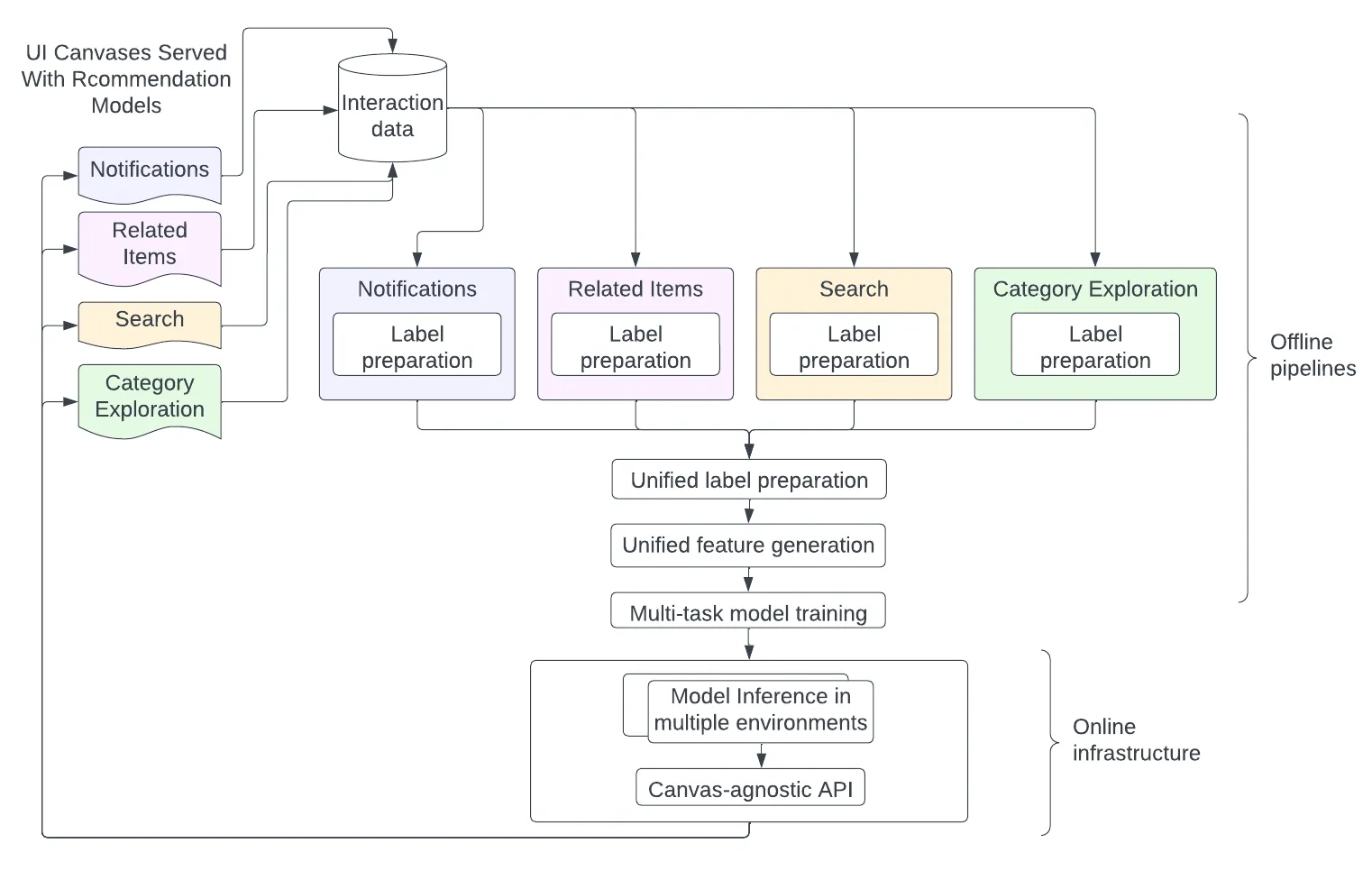
Netflix’s Large Scale Recommendation System
Toward the end of the decade, machine learning and AI began shaping product experiences. Recommendation engines, dynamic content adaptation, and AI-driven UX improvements became commonplace. Services like Netflix, YouTube, and Amazon leveraged AI to personalize user experiences, increasing engagement and retention.
By the time the 2020s arrived, the fundamental way software was built had changed. No longer was it just about delivering software quickly—companies had learned that building the right thing, personalizing experiences, and continuously optimizing for users mattered more than just speed.
The 2010s were a defining decade in software development, transitioning from feature-focused, rapid delivery to a more thoughtful, user-driven, and continuously improving approach. It laid the groundwork for the hyper-personalized, AI-enhanced digital experiences of the next decade.
2025 and beyond: What will software development look like in the future?
Okay, so what will the future look like? How will we develop software in the months and years to come? And how is our approach to the idea of “product” itself going to change?
Some pivotal moments in recent years have already begun reshaping user expectations and software trends. The explosion of artificial intelligence applications, such as OpenAI’s ChatGPT and Google’s Bard, is redefining how users interact with software, shifting UI/UX design toward conversational AI interfaces and intelligent automation.
The widespread adoption of remote work and digital collaboration tools—accelerated by the COVID-19 pandemic—has changed how software is built, used, and deployed. Platforms like Zoom, Slack, and Notion became essential, demonstrating the demand for cloud-based, synchronous, and highly integrated digital workspaces.
Regulatory changes and user privacy concerns have also played a role in reshaping software markets. Stricter data protection laws, such as GDPR in Europe and CCPA in California, have forced companies to rethink data collection, storage, and user transparency. This shift is influencing future UI/UX trends, where user consent, control over personal data, and ethical AI integration will be crucial.
Finally, the rise of Web3, decentralized applications (dApps), and blockchain-based ecosystems is setting the stage for alternative models of software ownership and interaction. While these technologies are still in their early stages, they hint at a future where users may have greater control over their digital assets, transactions, and online identities.

AI-powered coding using JetBrains Assistant
As we move forward, software development will likely become more adaptive, decentralized, and user-driven, shaped by AI, regulatory landscapes, and evolving digital behaviors — here’s a deeper, business-oriented look at this. But this transformation raises a deeper question—how much control over our digital experiences are we willing to surrender in the pursuit of convenience, efficiency, and automation?
Software has always been a tool for extending human capability, but with artificial intelligence now capable of making decisions, anticipating needs, and automating complex processes, we are entering an era where software is no longer just a tool—it is a collaborator. The boundary between human agency and machine autonomy is blurring. As AI-powered systems become more adept at learning, predicting, and even creating, will we continue to see software as something we control, or will it begin to shape and direct us in ways we can’t yet foresee? One exciting manifestation of this new reality is vibe coding, where LLMs generate the bulk of the code and humans guide the process with prompts. For a deep dive into how that actually works in practice, check out our article on vibe coding with Cursor AI.
Imagine a world where AI-driven applications anticipate our desires before we even articulate them—where interfaces dissolve entirely, and interaction happens through thought, voice, or biofeedback. Imagine a future where software is no longer something we open and use, but rather a seamless layer of intelligence embedded in our daily existence, constantly working behind the scenes.
Will we embrace this future with open arms, trusting algorithms to manage our choices, preferences, and even creativity? Will AI replace programmers? Or will we reach a point where we demand control back—where digital autonomy and ethical constraints take precedence over automation and optimization? The real question may not be just how software is built, but how much of our lives we are willing to entrust to it.

